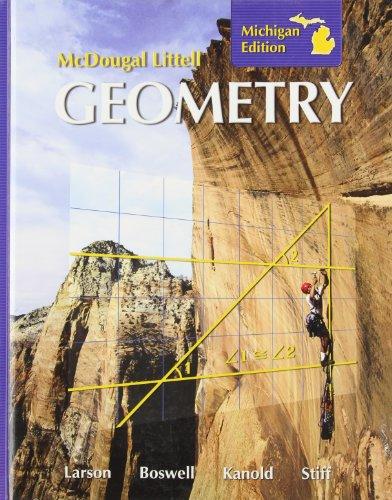Raynham's Radiology Center (RRC) performs X-rays, ultrasounds, computer tomography (CT) scans, and magnetic resonance imaging (MRI). RRC
Question:
Raynham's Radiology Center Budgeted Information for the Year Ended May 30, 2013
-1.png)
-2.png)
RRC operates at capacity. The proposed allocation bases for overhead are:
Administration ............................ Number of procedures
Maintenance (including parts) ........... Capital cost of the equipment (use Depreciation)
Sanitation ................................... Total cleaning minutes
Utilities ..................................... Total procedure minutes
1. Calculate the budgeted cost per service for X-rays, ultrasounds, CT scans, and MRI using direct technician labor costs as the allocation basis.
2. Calculate the budgeted cost per service of X-rays, ultrasounds, CT scans, and MRI if RRC allocated overhead costs using activity-based costing.
3. Explain how the disaggregation of information could be helpful to RRC's intention to continuously improve its services?
Step by Step Answer:






